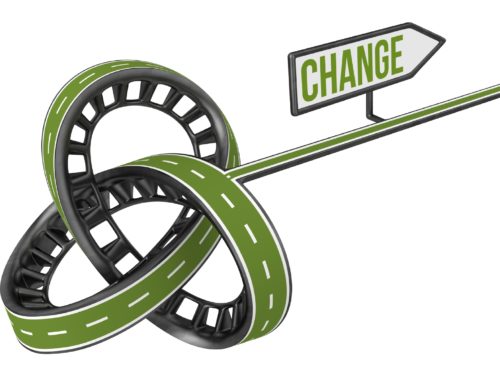Take a moment to answer this question: How do you build and sustain a culture of commitment, accountability, engagement, and results?
Did your list contain hiring for fit, coaching and developing people, providing an engaging environment, providing feedback, open communication, creating a sense of community, and offering competitive pay and benefits? Congratulations, you hit most if not all of the usual responses.
Did taking quick, effective disciplinary action make your list?
That’s unfortunate. The way you address performance and behavior problems – especially those requiring disciplinary action – is the true test of your commitment to people and performance. The discipline process – when used correctly – is a vital tool for promoting accountability and earning credibility with your staff.
It is also not unusual that your discipline process doesn’t come to mind as a tool for building commitment and promoting accountability. Most people (and the dictionary) define it as punishment. That is hardly consistent with the positive upbeat workplace that inspires people to do their best work.
The Problem with Progressive Discipline
The progressive discipline approach that exists in most organizations is solid in its legal defensibility and flawed in its logic. It is based on the belief that people will eventually perform better if you consistently treat them worse. The idea that people need to be punished for their performance or behavior doesn’t work with children, and it doesn’t work with adults in the workplace.
Employees who feel punished at work learn to get by, get out, or get even. They comply with the rule rather commit to your vision.
Supervisors and managers find the process punishing, too. Discipline involves rules, guidelines, and laws. In many organizations, it requires conversations with or approvals from Human Resources, the legal department, or both.
As a result, supervisors and managers avoid taking disciplinary action until they have no other choice. They then approach it as the steps that they must take to justify their decision to fire a recalcitrant employee rather than a tool for working with him/her to improve.
The most troublesome aspect of progressive discipline is that it operates in contrast to everything else you say and do to build a strong, vibrant culture that reinforces personal accountability.
There is Another Way
In 1964, Canadian psychologist John Huberman wrote in the Harvard Business Review about his experience and results implementing a nonpunitive disciplinary system. Since that time, hundreds of organizations have implemented a positive approach to handling discipline that treats people as valued partners, promotes mutual respect and problem solving, and reinforces the organization’s desire for accountability and self-discipline.
Education and training are key components of transforming your discipline process from a contradiction to your values into a tool for sustaining your culture. Supervisors and managers must be able to engage employees in a productive, problem-solving discussion that builds ownership.
Developing new skills is not enough, however. You will need systemic change to the way you do business to make your discipline system a positive one. These three actions will get you started:
- Focus on the conversation not the disciplinary form or documentation. Most disciplinary conversations begin with the supervisor reviewing the disciplinary notice, asking for the employee’s signature, and then asking if the employee understands the expectations and next steps. Respectful conversations – not words on a piece of paper – build commitment to change behavior and performance. Documentation is necessary, but it shouldn’t be the focus.
- Give people a way to clear their record. Sooner or later the employee needs to know that they have earned the right not to have something held against them for the remainder of their employment. If an offense is so serious that it becomes part of their “permanent record,” then perhaps you should have fired that person rather than allowing them to continue their employment.
- Stop unpaid suspensions. Nothing screams, “I am punishing you” like an unpaid disciplinary suspension. Organizations that utilize a one-day paid Decision Making Day find that it transfers the focus from what the organization is doing to the employee to what the employee is going to do to show that she/he wants to be a contributing member of the team.
There are, of course, situations that are so serious that the employee hasn’t earned the right to the second chance afforded by the disciplinary process. In those situations, immediate termination of employment is the correct response.
Engaged and accountable employees are more important than ever to your organization’s success. Why would you allow a relic from decades past to be the missing link that contradicts your values? The true test of what you really believe about the importance of people and performance is your response when things go wrong.
Randy Pennington is author of the award-winning book Make Change Work and creator of Positive Performance® Management. He is a hall-of-fame speaker and leading authority on helping organizations achieve positive results in a world of accelerating change. He has over 30 years of experience helping organizations design and implement nonpunitive discipline systems. To bring Randy to your organization or event, visit www.penningtongroup.com , email info@penningtongroup.com, or call 972.980.9857.





